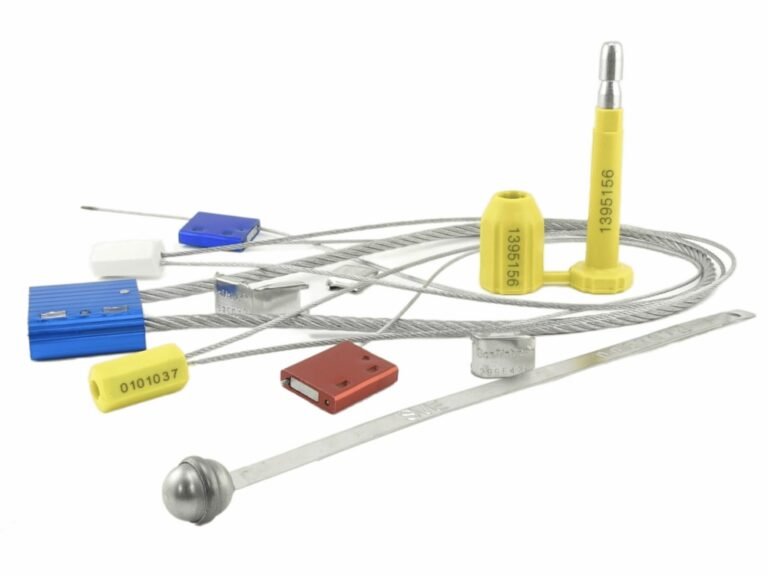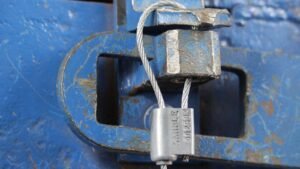
According to the Railway Industry Report 2025, the rail freight sector will grow at a CAGR of 4.5% during the analysis period. At the same time, the demand for high-strength cable seals in rail transport is also increasing.
High-strength cable seals play a big role in protecting carriages and their cargo from theft. Next, this blog will explain the development and trends of cable seals and their application scenarios.
History of Development
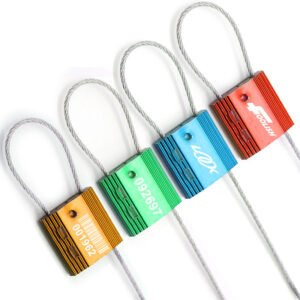
The earliest use of tamper-evident seals was on trains decades ago, where lead and tin-plated steel seals were the primary security devices protecting rail cars and their cargo. However, by the early 20th century, the growing need for industrial security prompted the development of more robust solutions.
In the 1970s, railroads began to demand more secure seals that could not be easily torn or accidentally broken. This demand paved the way for the introduction of bolt seals, which are widely used on intermodal containers and vehicles.
Bolt seals were further replaced by high-strength cable seals, which quickly became the seal of choice for rail transportation due to their superior durability and adaptability.
Current Trends in Seal Technology
With the growing complexity and variety of rail vehicles and containers, the demand for versatile, high-security seals has only increased. Today’s high-strength cable seals are designed to be adaptable to all types of railcars.
Today's high-strength rope seals are designed for all types of rail vehicles. The majority of cable seals comply with ISO 17712, which is the future trend.
One of the key trends in modern cable sealing technology is the integration of advanced marking systems. Its serial number and barcode have track and trace capabilities, which greatly improves the security of the goods.
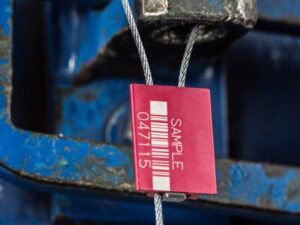
Advantages of High-Strength Cable Seals
High-strength cable seals offer a range of advantages over traditional sealing methods, including:
1. Superior Security:
High-strength cable seals are designed and constructed to be difficult to damage, regardless of the type of rail vehicle used.
2. Versatility:
Available in various sizes, strengths, and marking options, modern cable seals can be customized to fit a wide range of railcars and transportation containers. This versatility ensures that companies can find the perfect seal for their specific needs.
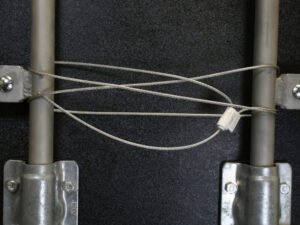
3. Improved Efficiency:
With features such as barcode integration, cable seals help minimize human errors during the sealing process. This not only improves accuracy but also reduces the time spent on sealing and inspection, increasing operational efficiency.
4. Corrosion Resistance:
The materials used in modern cable seals, such as aluminum and steel wire, are resistant to corrosion, which ensures the seals maintain their integrity even in harsh weather conditions. This is particularly important for railcars that operate in environments with high humidity or extreme temperatures.
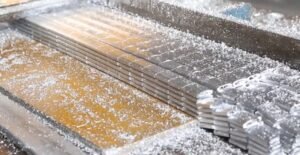
Applications of Cable Seals in Railway Transportation
High-strength cable seals are used in a wide variety of applications within the railway industry. Here are some of the key use cases:
Tankers: High-strength cable seals are commonly used on tanker cars to ensure the secure transportation of liquid cargo. The seals prevent unauthorized access and tampering, which is especially important when transporting hazardous materials.
Hopper Cars: Hopper cars, which are used to transport bulk materials such as coal or grain, require seals that can withstand rough handling. Cable seals offer the necessary strength and durability to protect these shipments from theft or tampering.
Boxcars: These enclosed railcars often carry high-value goods, making the need for reliable security essential. High-strength cable seals provide a cost-effective, tamper-evident solution for securing boxcars and their contents.
Intermodal Transport: As rail transportation is integrated with other forms of freight transport (such as trucking and shipping), cable seals provide a universal solution for securing intermodal containers. Their adaptability across different types of vehicles and containers makes them an invaluable tool for securing cargo during multi-modal transportation.
Cargo Terminals: Rail cargo terminals also use cable seals to secure goods during the transfer process. The seals help ensure that cargo remains undisturbed while awaiting transport, reducing the risk of theft or mishandling.
Contact Us Today
If you’re interested in learning more about high-strength cable seals or would like to explore how these seals can be customized for your specific needs, we’d be happy to assist you. Our team at ProtegoSeal is always ready to provide expert advice, samples, and pricing information.


